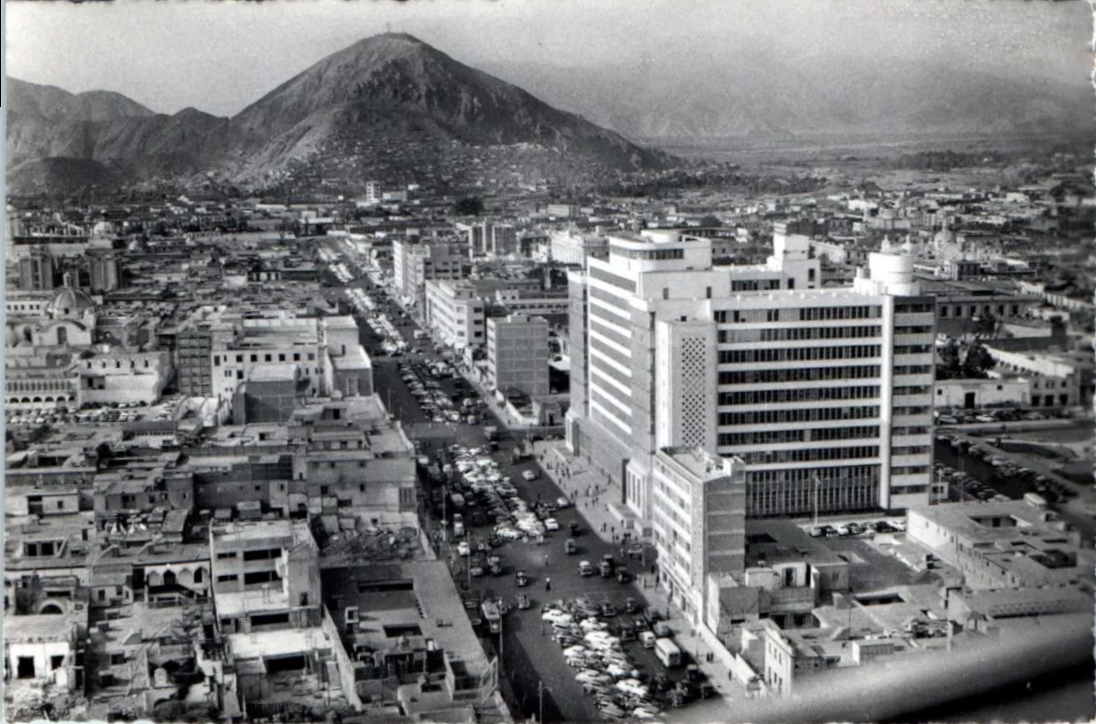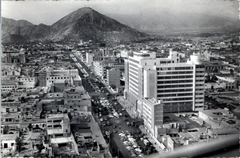
Monasterio de Santa Rosa de Lima: Visiting Hours, Tickets, and Historical Guide
Date: 15/06/2025
Introduction
The Monasterio de Santa Rosa de Lima is a cornerstone of Lima’s religious and cultural heritage. Situated in the city’s historic center, this monastery honors Santa Rosa de Lima, the first canonized saint of the Americas, and serves as both a revered spiritual sanctuary and a prominent example of colonial architecture. Whether you are a pilgrim, history enthusiast, or a curious traveler, this comprehensive guide provides essential details on visiting hours, ticketing, accessibility, historical context, and annual events, ensuring your visit is insightful and memorable (Y tú qué planes, How to Peru, DePeru.com).
Table of Contents
- Introduction
- Historical Background and Foundation
- Architectural and Artistic Highlights
- Visitor Information: Hours, Tickets, Accessibility
- Main Attractions Within the Monastery
- Annual Events and Religious Celebrations
- Visitor Experience: Tips and Nearby Sites
- Frequently Asked Questions (FAQ)
- Conclusion
- References and Further Reading
Historical Background and Foundation
Santa Rosa de Lima, born Isabel Flores de Oliva in 1586, is celebrated for her humility, compassion, and unwavering faith. Following her canonization in 1671 by Pope Clement X, her family home was transformed into a sanctuary, later expanded to include a monastery and church complex. Recognized as part of Lima’s UNESCO World Heritage historic center since 1991, the Monasterio de Santa Rosa de Lima stands as a testament to the city’s colonial past and spiritual legacy (turismoperuano.com).
Architectural and Artistic Highlights
Exterior and Façade
The monastery’s church features a terracotta-hued, unadorned façade, emblematic of colonial humility. Its original adobe and brick portal, complemented by low garden walls, reflects early 17th-century Peruvian religious architecture (lonelyplanet.com).
Interior Spaces
- Main Altar & Chapels: The gilded Baroque-style altar, along with several chapels, houses polychrome statues and relics of Santa Rosa, the Virgin Mary, and other saints.
- Hermitage: Constructed by Santa Rosa and her brother in 1614, this modest retreat is preserved as a symbol of her contemplative life.
- Wishing Well (Pozo de los Deseos): A 19–20-meter-deep well where visitors leave written prayers, continuing a centuries-old tradition (turismoreligioso.travel).
- Infirmary: The space where Santa Rosa cared for the sick, featuring the “El Doctorcito” statue and period religious artwork.
Artistic Treasures
- Paintings: The monastery contains 17th-century works, including the first posthumous portrait of Santa Rosa by Angelino Medoro.
- Ceramic Tiles and Murals: Turquoise-blue tiles and vibrant murals in the chapels are characteristic of Lima’s colonial churches.
- Relics: Personal effects of Santa Rosa, including her cross, Bible, and garments, are on display, alongside reliquaries of other Peruvian saints.
Visitor Information: Hours, Tickets, Accessibility
- Visiting Hours: Daily, typically from 9:00 AM to 5:00 PM. Some sources note two primary slots: 9:00–11:00 AM and 3:30–5:00 PM (infobae.com). Hours may vary during religious holidays; confirming ahead is recommended.
- Tickets & Admission: Entry is free for all visitors, though donations are welcome to support maintenance.
- Accessibility: The site is partially wheelchair accessible. Some historic areas (hermitage, old infirmary) have steps or uneven floors, limiting full access.
Main Attractions Within the Monastery
- Rose Garden: A tranquil garden filled with roses, symbolizing the saint’s devotion.
- Santa Rosa’s Bedroom: Preserved with period furnishings illustrating her austere lifestyle.
- Parents’ Bedroom: Offers insight into her family background.
- The Church: Adorned with colonial-era art and relics.
- Gift Shop: Located near the entrance, offering religious souvenirs and devotional items.
Annual Events and Religious Celebrations
Feast of Santa Rosa de Lima (August 30)
- Overview: This is the sanctuary’s principal celebration and a national holiday in Peru. Events include multiple masses, processions, and rituals at the wishing well (deperu.com).
- Visitor Tips: Expect large crowds and road closures. Early arrival and modest dress are recommended.
- Other Celebrations: The sanctuary also marks feast days for San Martín de Porres and San Juan Masías, plus citywide religious events such as Corpus Christi.
Community Activities
- Volunteerism: The monastery’s charitable outreach includes food drives and health clinics, especially during major events.
- Broadcasts: For those unable to attend, celebrations are transmitted live via TV and social media platforms.
Visitor Experience: Tips and Nearby Sites
- Getting There: Centrally located at Av. Tacna cuadra 1, Cercado de Lima, the monastery is accessible by public transportation, taxi, or on foot from the Plaza Mayor and other landmarks (deperu.com).
- Facilities: Benches are available in the gardens; restrooms are onsite. There is no on-site café, but many dining options are within walking distance.
- Etiquette: Modest attire and respectful silence are encouraged, particularly during religious ceremonies.
- Photography: Allowed outdoors; restrictions apply inside the church and during services.
- Best Time to Visit: Weekday mornings offer a quieter experience.
Nearby Attractions:
- Plaza Mayor
- Cathedral of Lima
- Convento de Santo Domingo
Frequently Asked Questions (FAQ)
Q: What are the visiting hours?
A: Typically 9:00 AM–5:00 PM daily. Check ahead during holidays or special events.
Q: Is there an entry fee?
A: No, admission is free.
Q: Are guided tours available?
A: Yes, especially during peak pilgrimage times or by prior arrangement.
Q: Is the site accessible for people with disabilities?
A: Partial accessibility; some areas have steps or uneven flooring.
Q: Can I leave offerings or petitions?
A: Yes, visitors may leave written prayers at the wishing well.
Q: How do I get there from the airport?
A: Use taxis, ride-sharing apps, or public buses to reach the historic center.
Conclusion
The Monasterio de Santa Rosa de Lima embodies Peru’s rich spiritual, artistic, and historical heritage. With free admission, accessible visiting hours, and a location amidst Lima’s most important colonial sites, the monastery offers an experience that resonates with faith, history, and culture. Planning your visit around the annual Feast of Santa Rosa provides an opportunity to witness vibrant traditions and community spirit. For the most up-to-date information, download the Audiala app and follow the sanctuary’s official channels for news, virtual tours, and travel tips.
References and Further Reading
- Y tú qué planes
- How to Peru
- DePeru.com
- Turismo Peruano
- Lonely Planet
- Medium.com
- Turismo Religioso
- LimaEasy
- Official Site















































































































